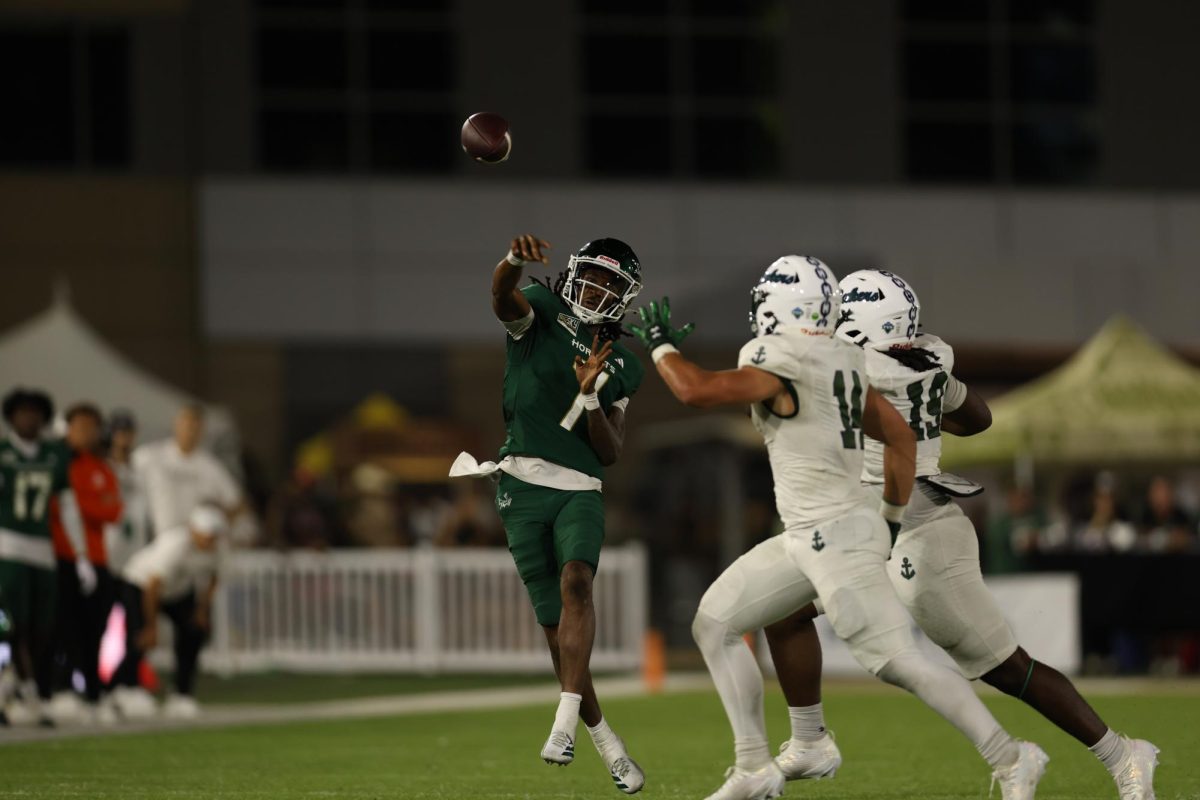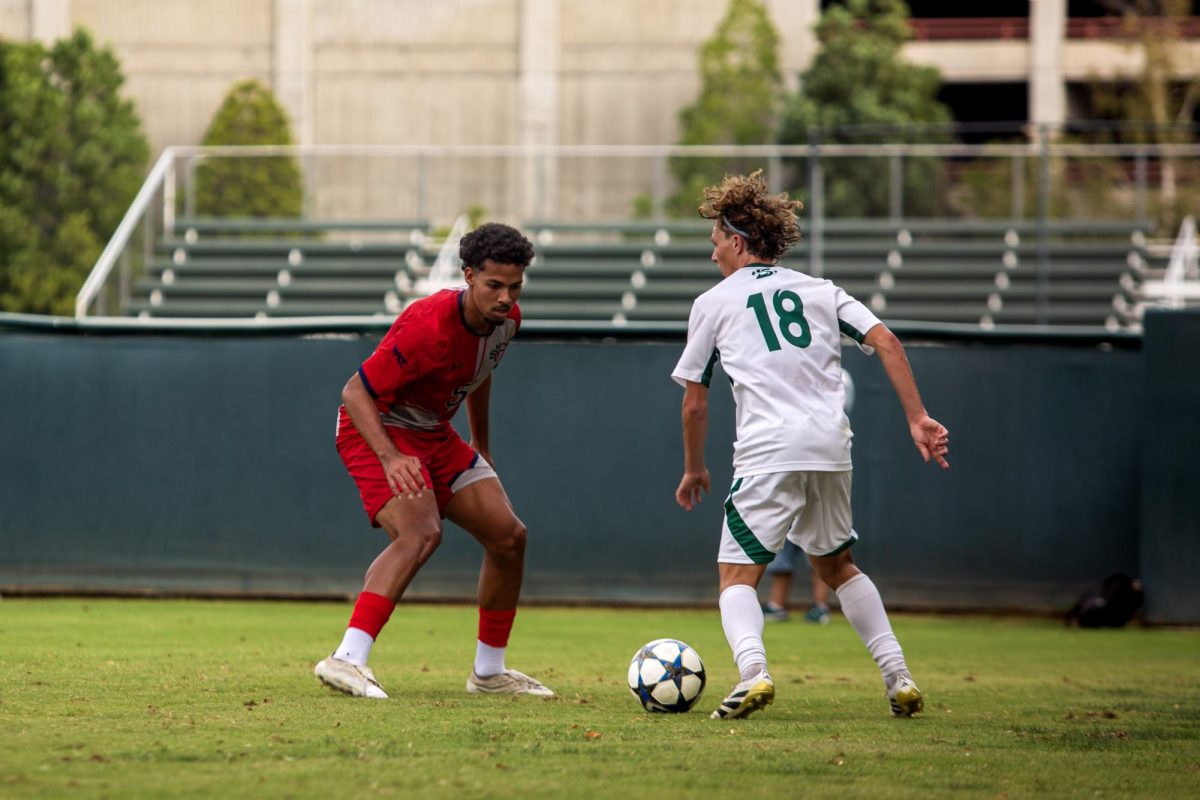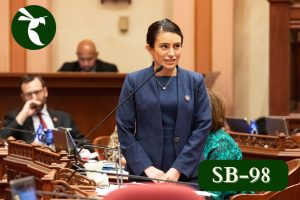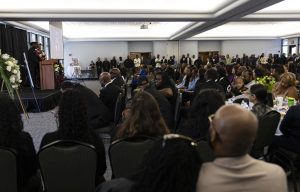Eight athletic programs ace 2009-10 APR
November 5, 2009
Student-athletes are just that – students who are athletes. However, society tends to focus on the “athlete” part a bit too much.
At Sacramento State, being a student comes first.
Eight of Sacramento State’s 20 intercollegiate teams scored a perfect 1,000 on the NCAA-authorized Academic Progress Rate, according to a press release from Hornet Sports.
The eight squads that scored 1,000 include men’s basketball, golf and cross-country, as well as women’s volleyball, cross-country, tennis, indoor track and outdoor track and field.
Sac State as a whole scored 976 on the APR – the highest single-year score in school history.
Director of Athletics Terry Wanless said the high scores are a reflection of good recruiting and dedication of all the coaches.
“It really starts with our coaches,” Wanless said. “It starts at the beginning of the recruiting process – identifying and finding men and women who have the talent level to play at the Division I level of athletics, but also, who have a commitment to excellence in their academic life as well.”
Ruben Volta, volleyball head coach, echoed Wanless’ sentiments about recruiting.
“We’re trying to recruit motivated student-athletes,” Volta said. “If they’re motivated in the classroom, they’re motivated-type person, I think it’ll be easier to motivate on them on the volleyball court.”
Wanless said while a perfect score for every team would be great, it isn’t something that is required.
“We’re always trying to seek perfection, but the ultimate is not necessarily 1,000,” Wanless said. “The ultimate goal is to make sure every program we have is operating within the goals and visions of the campus.”
The data will not be immediately available to the public.
“The 2008-09 numbers will not be released by the NCAA until either late April or May,” said Deputy Athletics Director Bill Macriss. “The release we ran did not list actual numbers and we are asked not to do so until the NCAA release date.”
Macriss said this is because there are chances to petition for higher scores due to players leaving athletic programs for significant reasons.
“I expect some of these numbers to rise slightly,” Macriss said.
The NCAA established the APR in 2003 for every Division I sports team. The APR calculation has some factors involved, two of which include eligibility and retention, which are instrumental in predicting graduation.
The student-athletes counted in the APR are those who have any type of scholarship – be it a full-ride or a $100 book scholarship, Macriss said.
Athletes are assigned a point value for a semester – two points per scholarship athlete, per semester – and points are deducted because of retention rates, graduation rates, grades and attendance.
The benchmark score for all schools is 925 – a roughly 60 percent graduation rate.
The APR has made all Division I programs to look at the way eligibility and retention are addressed, Macriss said.
While things look good for Sac State athletics right now, Macriss said there are still improvements to be made.
“With the direction and the improvements that we’ve shown ? we’ll be at a point where not only are our programs above the 925 threshold, but significantly above it,” Macriss said. “What’s important about it is that we know that the side effect of it, the critical effect of it is that we’ll be graduating more kids.”
Macriss also said the reason for low scores in the beginning was due to remediation and the influx of junior college students.
Seven teams were penalized after the 2007-08 report. That number dropped to one after the next report, Macriss said.
One of the team’s that performed well was men’s basketball.
Brian Katz, men’s basketball coach, said his high academic standards are reflected in his team’s score. The team has had a perfect score in each of Katz’s three semesters as coach.
The men’s basketball players have weekly academic debriefings with assigned assistant coaches. Instead of waiting for problems to arise, Katz said he will meet with a player at the first sign of trouble.
“We want to be proactive rather than reactive,” Katz said. “We want to solve problems before they become a big deal. We try to, constantly, have checks and balances to ensure that.”
Katz said he could not hold his athletes to higher academic standards without the help of the Student-Athlete Resource Center.
“We didn’t accomplish the 1,000 on our own,” Katz said. “It doesn’t matter what it is, we all get assistance and help, which allows people to be successful.”
Katz holds his players to high standards off the court, and cited an example from last season.
“We had a kid that missed two classes the first week of the season last year, so we didn’t play him the first game of the year,” Katz said. “We don’t have to do that, but that’s a statement about what’s important to us.”
Wanless acknowledged that some programs need to perform better in the classroom.
“It’s a process,” Wanless said. “You have to explain to the student-athlete their responsibility to an academic standard of excellence. Everybody we recruit is expected to graduate.”
And he said he thinks those programs will show marked improvement in the coming months.
“We start from the very beginning, explaining to them why they’re here,” Wanless said. “(We) mentor, monitor and encourage them along that path so that when their eligibility is completed, they’re either done or very close to being done with their academic work.”
Dustin Nosler can be reached at [email protected]
























































































































